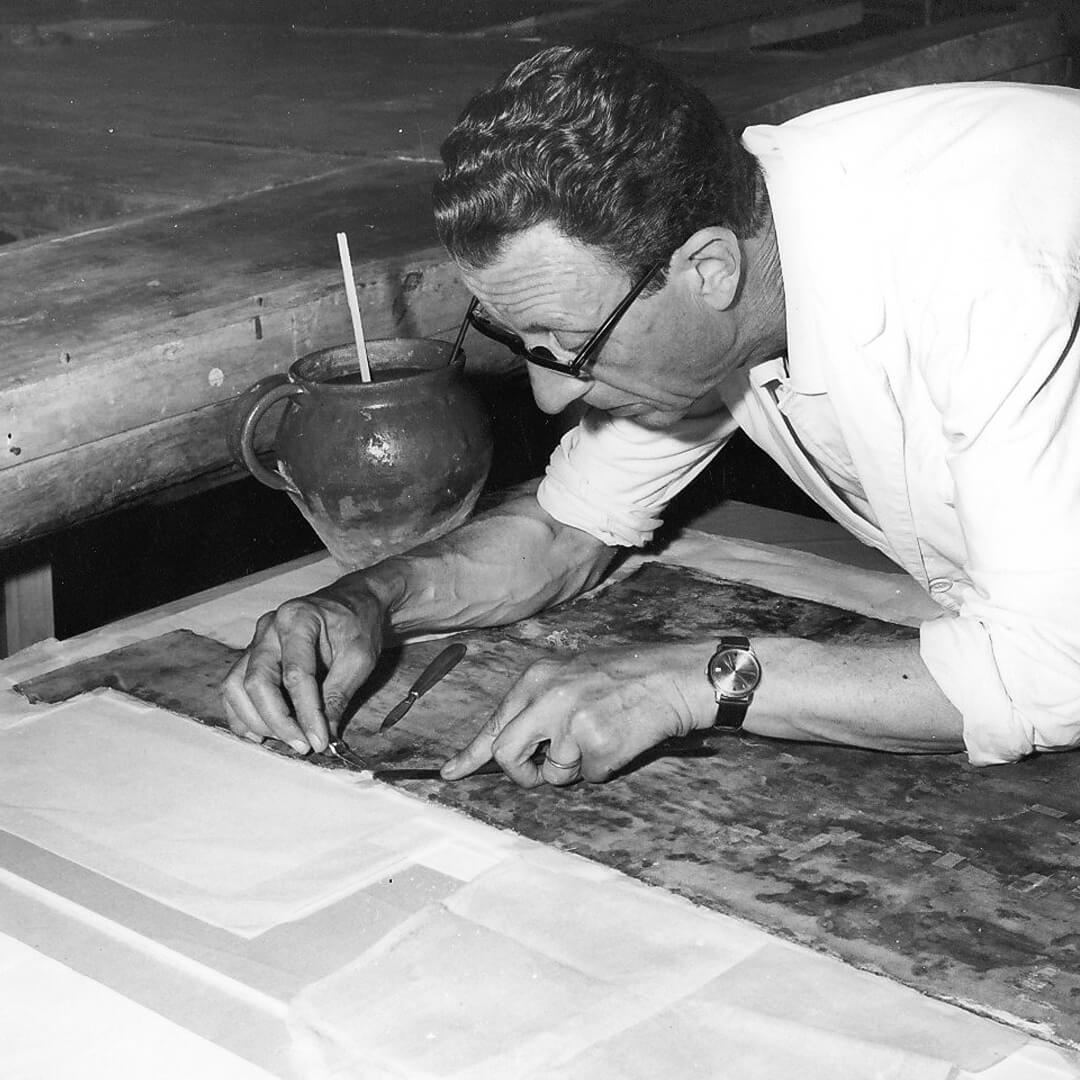On the 4th of November it also inundated the Cenacle of Santa Croce. The 1966 flood didn’t spare Cimabue’s Crucifix. On the contrary, an especially cruel and determined surge of water stretched forth, seemingly intent on destroying this masterpiece of the “Dugento“, as they call the thirteenth century in Florence. The mud left so many ruined pieces of Florentine life on the battlefield – it’s often said on the news these days – as well as a tragic number of works of art.
Cimabue in Santa Croce. The Opificio at the Fortezza.
Because art must take care of art, Cimabue was “hospitalized” at the Limonaia in Boboli. The painting ended up spending several years being worked on by brilliant restorers who came from the Opificio delle Pietre Dura in Florence. They had been transferred from the Fortezza da Basso, where these types of workshops were located in 1966. Not much time passed before they joined together to form the institution bearing its poetic name, one that brings together the opificio (factory) and pietre dure (semi-precious stones). The great Ugo Procacci can be called the “architect” of what is today among the top restoration institutes in the world.

